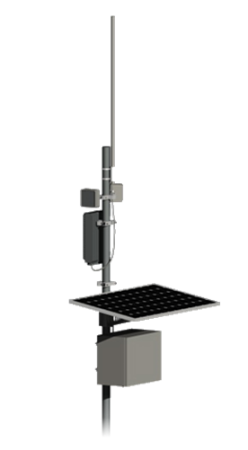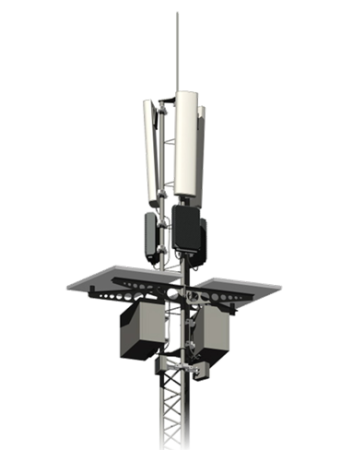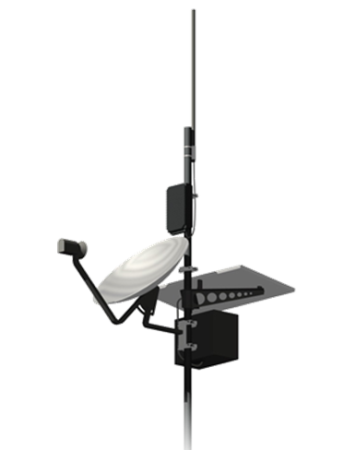Today’s infrastructure equipment for rural coverage is designed for macro coverage, using large capacity, high power base-stations designed for large subscriber capacity. This leads to very high cost per subscriber as the subscriber densities in this segment is low. These systems also need much power, large power generators to get uninterrupted power supply, which further increases the capital costs as well as operational, and maintenance costs. This, together with very low subscriber densities, put extreme pressures on the profitability of the service.
The very low ARPU expectations and the very low subscriber base necessitate highly efficient service delivery mechanisms to keep the costs low for sustainable services. Proximus LLC Solar GSM solution is based on fully integrated GSM cell sites on towers.
Wireless cell sites can be located in remote areas where access to electricity grids is limited or non-existent. In such cases, solar-powered cell sites can provide a reliable and sustainable solution to power these sites. Additionally, solar-powered cell sites can be quickly deployed in emergency situations, such as natural disasters, where traditional power sources may be unavailable.
Furthermore, solar-powered cell sites can provide improved network coverage and reliability in areas with intermittent power supply. This is because solar-powered cell sites can operate independently of the electrical grid, ensuring that communication services remain uninterrupted during power outages.
The BTS is integrated with a highly spectrum efficient, wireless backhaul based on 2.3-2.7 GHz radio link. Optionally, any IP transport can be used as the backhaul. The base-station has a very low power consumption therefore BTS it is powered by solar panel system.


